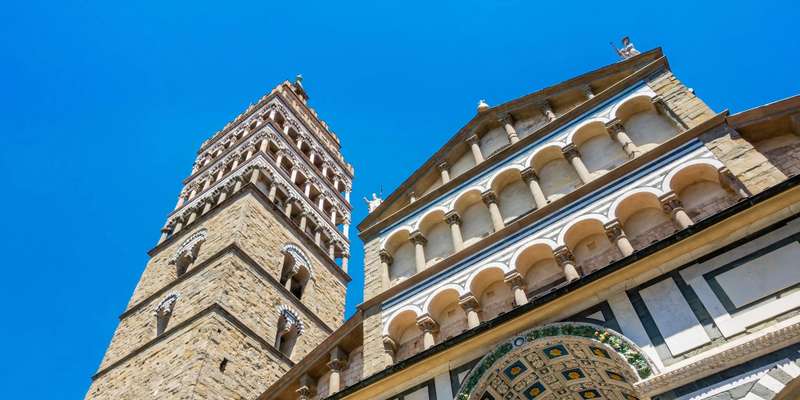- Home
- Useful Tips
- What to expect at Pistoia's...
Every July, Pistoia transforms into a living medieval canvas for the Giostra dell'Orso (Joust of the Bear), where travelers face overwhelming crowds and missed experiences. Over 70% of first-time visitors leave without witnessing key events, trapped behind unprepared spectators or stuck in wrong locations. The festival's intricate schedule – spanning flag-throwing exhibitions, costumed parades, and the climactic horseback joust – becomes a stress-inducing puzzle when navigating unfamiliar streets. Locals know the hidden vantage points where you can actually see the lance strikes without elbowing through thousands, but these spots rarely appear on generic tourist maps. The emotional stakes are high when you've traveled far for this 700-year-old tradition, only to watch through someone's smartphone screen.


Decoding the festival schedule – what not to miss
The Giostra's four-day program overwhelms with simultaneous events, but the true gems happen at precise moments. Dawn on day two brings the breathtaking 'Offerta dei Ceri' candlelit procession, when locals carry towering wax sculptures to the cathedral – a ritual missed by most tourists sleeping in. The afternoon 'Esibizione degli Sbandieratori' showcases world-champion flag throwers in Piazza del Duomo, but only insiders know to stand near the bishop's palace for shade and unobstructed views. While everyone crowds the main square for the evening joust, savvy attendees first visit the armor exhibition at Palazzo Comunale to understand the riders' 14th-century techniques. These timing nuances transform a chaotic experience into a curated journey through living history.
Securing the perfect joust viewing spot without VIP tickets
The climactic tournament sees twelve knights charging at a bear-shaped target (yes, really), but most free viewing areas become sardine cans by sunset. Local families claim the best general admission spots along Corso Silvano Fedi by 5PM, spreading picnic blankets weighted with bottles of water – an unspoken reservation system. For those unwilling to camp for hours, the elevated steps beside San Bartolomeo church offer a diagonal view of the Carriera (jousting lane), though you'll need to arrive by 6:30PM. Surprisingly, the often-ignored northern curve near Porta Lucchese provides clear sightlines to the scoring judges' dramatic reactions. Bring a compact folding stool; Pistoia's cobblestones punish unprepared knees during the three-hour spectacle.
Eating like a local during the festival madness
While food stalls sell predictable panini, Pistoia's trattorias serve special festival menus that most visitors never discover. Osteria dello Stile opens its hidden courtyard for 'pranzo del cavaliere' (knight's lunch), featuring pear-and-pepe pasta inspired by 14th-century recipes. But the real hack is Bar Milano's takeaway window, where you can grab porchetta-stuffed focaccia without missing the parade – locals send teens to queue while adults hold spots. For a surreal experience, arrive at Pasticceria Glories at 7AM when bakers pull 'lancia di Orlando' pastries shaped like jousting lances, filled with wild berry compote representing medieval battle wounds. These culinary traditions taste better when you understand their symbolic ties to the tournament's history.
Where to stay beyond the obvious hotel zones
Most visitors cluster near Piazza del Duomo, unaware that the surrounding hills offer charming agriturismos with shuttle services. The Fattoria di Celle estate provides festival packages including sunset vineyard dinners and private transfers, letting you escape the post-joust chaos. Budget-conscious travelers should target convents-turned-guesthouses like Istituto Figlie di Gesù, where nuns rent simple rooms with breakfast and insider tips. For true immersion, local families occasionally rent spare rooms through community boards at Sant'Andrea church – arrive early on festival Wednesday to snag these unadvertised gems. Wherever you stay, request a 'cuscino medievale' (medieval pillow); these firm rectangular pillows mimic what knights used before tournaments, oddly perfect for sore necks after a day of craning at jousts.
